On 16th April 2024, the Babble team welcomed business and technology leaders to the Fit to Lead Executive Lunch and Forum at the iconic Buffini Chao Deck, located at the National Theatre in London.
The day unfolded with a series of engaging keynotes, talks, and panel sessions from a high-profile list of speakers who explored the Fit to Lead framework to support today’s leaders in developing the mental, physical, and ethical edge that modern leadership demands.
The Fit to Lead Framework
The business landscape has experienced more changes in the last few years than in the last forty, demanding an evolution in leadership. Leaders are no longer solely judged by their professional milestones, but by their ‘fitness’ to lead.
Gone are the days when effective leadership was based on strategic know-how and technical expertise. Today’s leaders must adopt a rounded approach to ensure success for themselves, their companies and stakeholders to build lasting legacies.
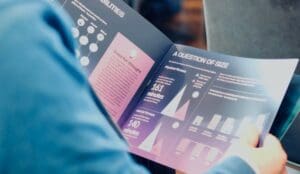 Which is why we have introduced Fit to Lead, a framework rooted in three straightforward but fundamental aspects of fitness – physical, mental and ethical.
Which is why we have introduced Fit to Lead, a framework rooted in three straightforward but fundamental aspects of fitness – physical, mental and ethical.
Read more in the Fit to Lead Report where Babble surveyed 500 UK SMB leaders to see how they shaped up against the Fit to Lead Framework.
The Fit to Lead Executive Forum
The Fit to Lead Executive Forum, sponsored by Acronis, was introduced with a keynote, Resilience – The Myths of Inner Strength, from former head of Twitter in Europe, Bruce Daisley, followed by a talk on Ethics in an Age of “God-Like Technology” from “The Corporate Philosopher”, Roger Steare.
Chris Paton, Director of Quirk Solutions, hosted the two panel sessions including Room to Breathe, where military and mindfulness specialists Mike Bates and Sarah Furness, performance scientist, Steve Ingham, and sports broadcaster, Orla Chennaoui, explored physical and mental fitness in leadership.
The second session, The Three Pillar Leader, saw Babble CEO, Matt Parker, Kenny Logan, founder of Logan Sports Marketing and ambassador of My Name’5 Doddie Foundation, rugby legend, Rory Underwood, and global NED, Keryn James, offer their own experiences of balancing the three pillars of leadership. Their insightful discussions provided actionable takeaways aimed at empowering UK SMB leaders to elevate their performance and unlock growth potential.
 Why Babble on Leadership?
Why Babble on Leadership?
Babble’s Fit to Lead Executive Forum is the latest example of Babble’s endeavour to equip IT leaders and buyers to become their organisation’s Most Valuable Player. Babble knows that success within an IT leader or buyer’s role is so much more than knowing what technology to buy. It’s about having an impact, staying focused on business strategy, and being able to play a key role in helping achieve long-term business goals.
The Three Pillar Leader panel session identified the challenges IT leaders and buyers face in an “always-connected” world – restricting time and resources to unlock business efficiencies. Global NED, Keryn James, shared,
“One of the things which is particularly challenging [for leaders] right now is the speed with which everything is communicated, or miscommunicated, as the case may be.”
Matt Parker followed this with,
“Pace – couldn’t agree more on that and how it is compounded by information overload. We all have access to so much all of the time.”

Rugby legend, Rory Underwood, global NED, Keryn James, founder of Logan Sports Marketing and ambassador of My Name’5 Doddie Foundation, Kenny Logan, and Babble CEO, Matt Parker.
With 76% of business leaders surveyed in the Fit to Lead report identifying that they want to dedicate more time to promoting mental, physical and ethical fitness, the afternoon of networking and panel insights provided the audience with the opportunity to take the time to switch off from their “always-on” status to consider the future of leadership – something which IT leaders and buyers often only have snatched moments to consider.
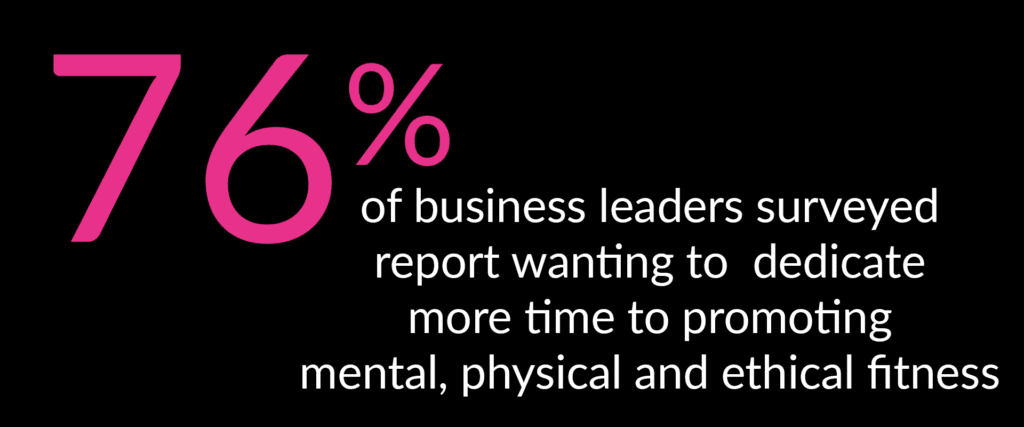 Stepping Back from Technology
Stepping Back from Technology
Fit to Lead was born from Babble’s title partnership with the Babble Ride Across Britain – a nine-day cycling challenge from Land’s End to John O’Groats. When reviewing the participants’ demographics, it was surprising to see a large proportion of those in leadership roles. The Fit to Lead research of 500 UK SMB business leaders revealed that 72% take part in similar types of physical challenges.
So why are today’s leaders abandoning their creature comforts, and choosing to sleep in tents and use portaloos for 9 nights, all whilst tackling 51,000ft and 980-miles of cycling?
There are three core reasons why leaders take part – to get fit, to step away from the business, and to make a difference to people other than themselves. These insights formed the basis of the Fit to Lead Framework and three pillars of physical, mental and ethical fitness.
Babble CEO, Matt Parker, credits the Babble Ride Across Britain as his,
“favourite nine days of the year. RAB also gives me a chance to step away from the “always-on” demands of leadership – phone calls, emails, instant messaging and meetings, giving me time to think about my personal goals, my goals for Babble, and how we can make the business a force for good.”
In the Room to Breathe panel session, where experts discussed the correlation between physical and mental fitness, former counter-terrorism leader, Mike Bates, referred to his record-breaking, 3000-mile solo row across the Atlantic, stating that,
“Adversity and suffering develops character.”
This was continued with former combat military helicopter pilot, Sarah Furness, who emphasised that leaders need to,
“get comfortable with being uncomfortable,” [advocating the necessity of taking a break from the constant digital connectivity,] “Step away from the constant emails and go and exercise.”
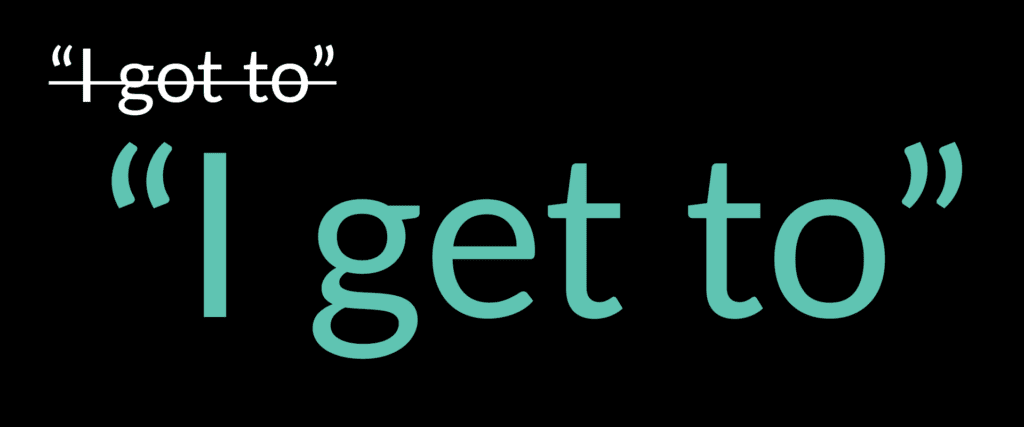
Dr Steve Ingham, Sport Physiologist, who has coached many British Olympians to gold medalists, echoed these sentiments, asking leaders to get over this discomfort by switching their outlook to prioritising mental and physical fitness from “I got to” to “I get to”. He continued to balance these physical challenges with the benefits of switching off by taking a literal step back away from technology devices to gain the mental capacity to recover, just as Matt does on the Babble Ride Across Britain.
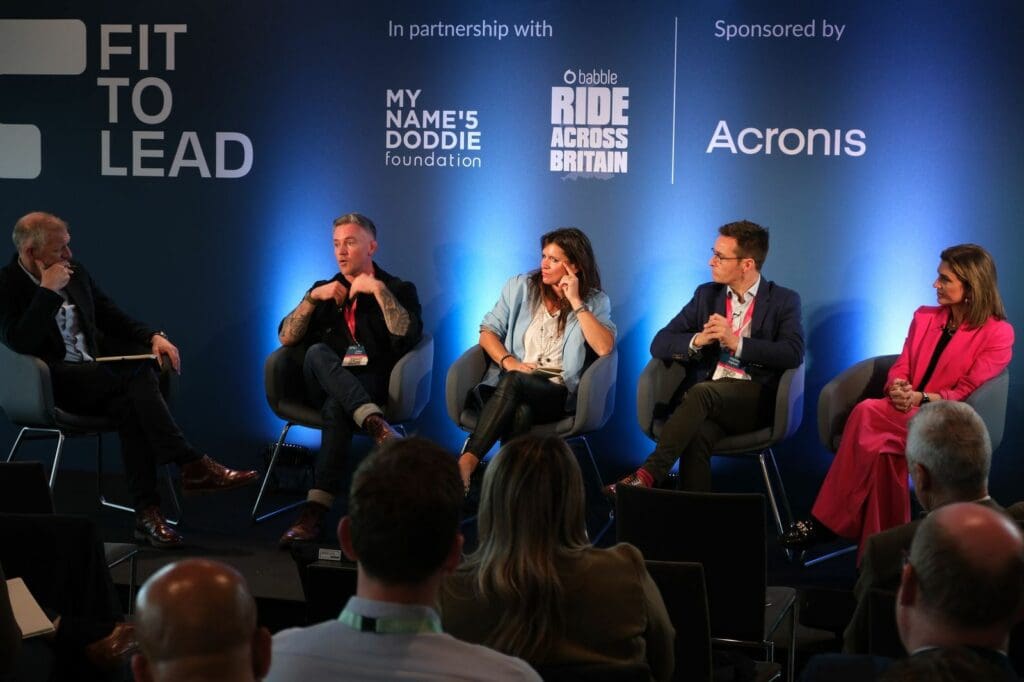
Room to Breathe Panel: (Host) Chris Paton, Director of Quirk Solutions, Mike Bates and Sarah Furness, military and mindfulness specialists, Steve Ingham, performance scientist, and Orla Chennaoui, sports broadcaster.
Building A Culture for Success
Despite leaders’ desires to dedicate more time to physical, mental, and ethical fitness, the Fit to Lead research found that 67% of leaders are deprioritising the three pillars due to the pressures of current economic and political climates.
The accelerating pace of technological change, introduction of AI ethical challenges, geopolitical and economic challenges, plus increasing employee and customer expectations, mean leaders must reflect on what effective leadership really looks like.
69% of leaders have seen a demand from their employees in how they approach leadership. This is particularly prevalent with Gen Z employees, who now expect a better work-life balance. Several panellists and audience members expressed their challenges in striking the balance between building a culture which meets the needs of the business as well as the demands of employees.
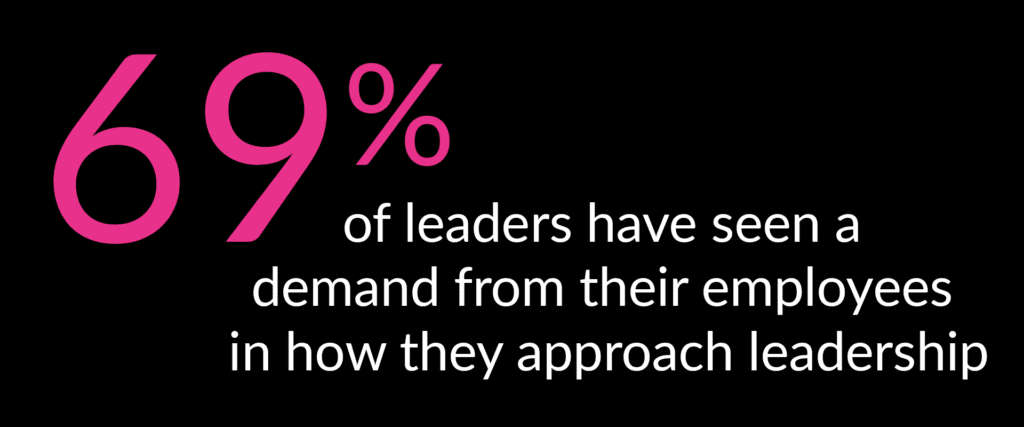
In Bruce Daisley’s session, Resilience – The Myths of Inner Strength, he explored the notion that leadership success and high performance is achieved through culture, and how leaders can build a resilient culture through connection and engagement,
“71% of human behaviour is based on the environment we’re in. If we can get this right, if the outcome of our leadership is that we create engagement, then by consequence, we should be able to achieve extraordinary results.”

Bruce Daisley, former head of Twitter in Europe.
And how is engagement and resilience created? Bruce debunked the myth that resilience is an individual effort,
“Resilience is the strength we draw from one another…when people feel like they’re all in it together, they begin to have a shared sense of identity, a sense of mission and a feeling of we’re all in this together.”
To put this into practice, Bruce advised that people thrive in environments where they “feel seen”. Research shows that 80% of those who feel actively engaged in their current role say that they had received direct feedback from their boss that week. They feel noticed and as if they matter.
In addition to feeling seen by leaders, it’s crucial for those in leadership roles to create an environment which fosters human and social connection (what the Swedish call ‘Fika’) to enhance this further. Bruce continued that “having a best friend at work” is critical to helping employees feel understood, to create small moments of joy (in Hebrew, ‘Simcha’), to bounce ideas off and ultimately to continue building a culture which is working towards a shared goal.
Leading by the Ethical Compass
As well as the additional demands of employees, there are increasing expectations for leaders to prioritise corporate social responsibility and to use their position to create positive change. This, coupled with the ethical challenges and opportunities of AI means leaders of today must make their decisions through the lens of an ethical prism, and be guided by their moral compass.
In his session, Ethics in an Age of “God-Like Technology”, Roger Steare advised,
“It’s not just about having a moral compass, it’s about thinking where you want to go with that compass pointing you in the right direction…the way we think, debate and decide together what’s right.”
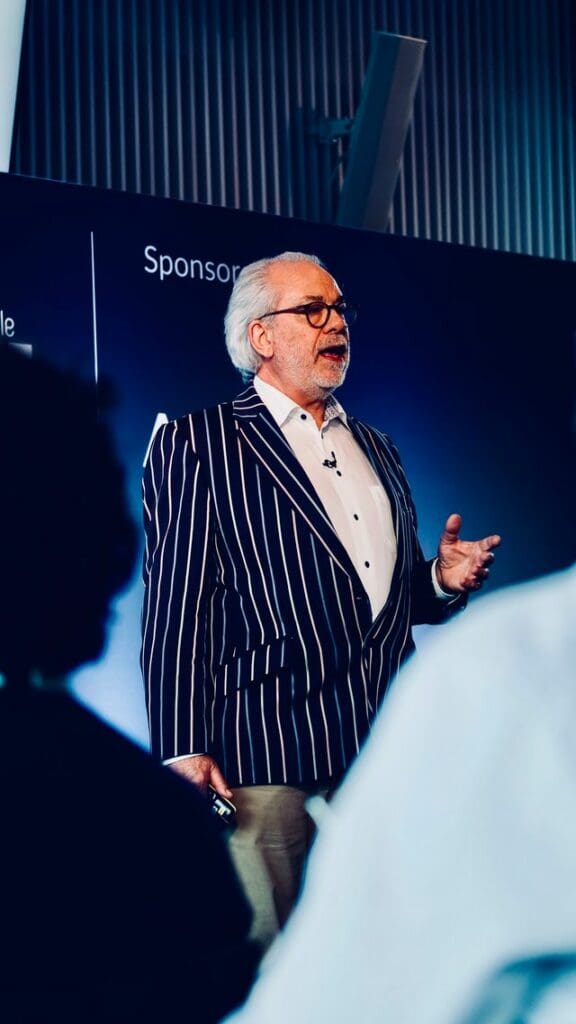
He continued Bruce’s theme of human connection, citing a 1938 Harvard Adult Development study which still rings true today in that “warm relationships” are what make people happy.
Relying on “your community…social connections…your best friend at work” to help us decide what is right is crucial.
Roger outlined, “It is very easy to become unethically fit.” To support leaders, and their teams, in ethical decision-making, and to test their ethical muscle, Roger outlines his Moral DNA framework which is balanced in three core elements – people, values and rules.
“How might people be helped or harmed? What moral values help us make our decisions? Love? Fairness? Wisdom? Humility? Courage? Are we complying with clear, simple rules?”
– Roger Steare, “The Corporate Philosopher”
Roger concluded by advising that leaders, alongside their teams, should use these rules as a benchmark in ethical decision-making, and implement a “hot debrief” method – an assessment and measurement of learnings to ensure ethical fitness is continually developed and improved.
Empowering Leadership Excellence
The Fit to Lead Executive Forum delivered a wealth of actionable insights for the leaders in the audience to enhance their physical, mental and ethical fitness. After following up with attendees to find out whether they felt better equipped with practical strategies to elevate their leadership, Paul Nicholls of BMTR remarked,
“The speakers provided some real thought-provoking and existential insights that I am still pondering, and will for some time.”
In the coming weeks, more valuable insights gleaned from the Fit to Lead Forum will be shared to assist today’s leaders in navigating the complex challenges of the leadership landscape and excel as the MVP.
In the meantime, delve deeper into Babble’s Fit to Lead Framework by downloading the report for further guidance and strategies for cultivating effective leadership in today’s dynamic landscape.
